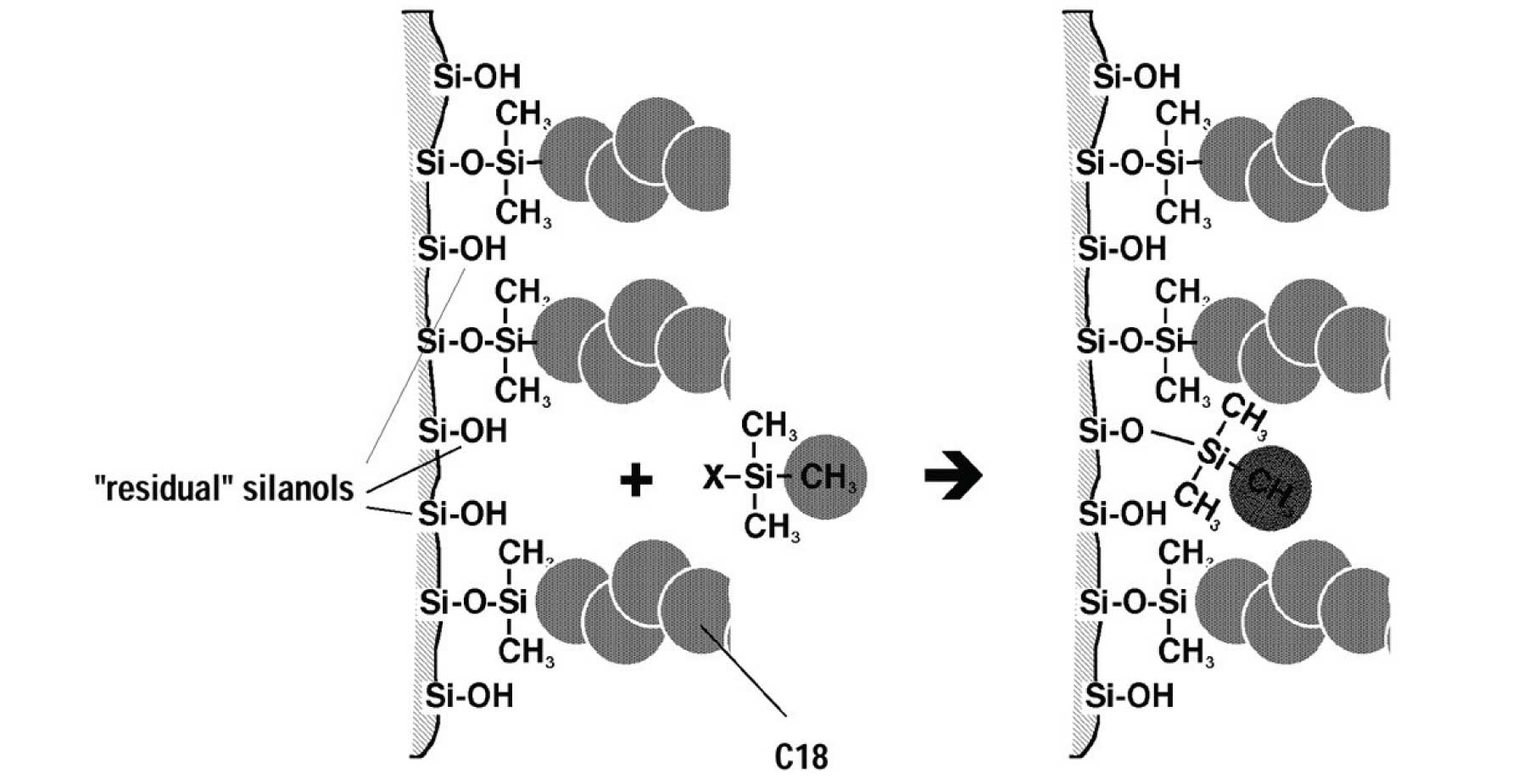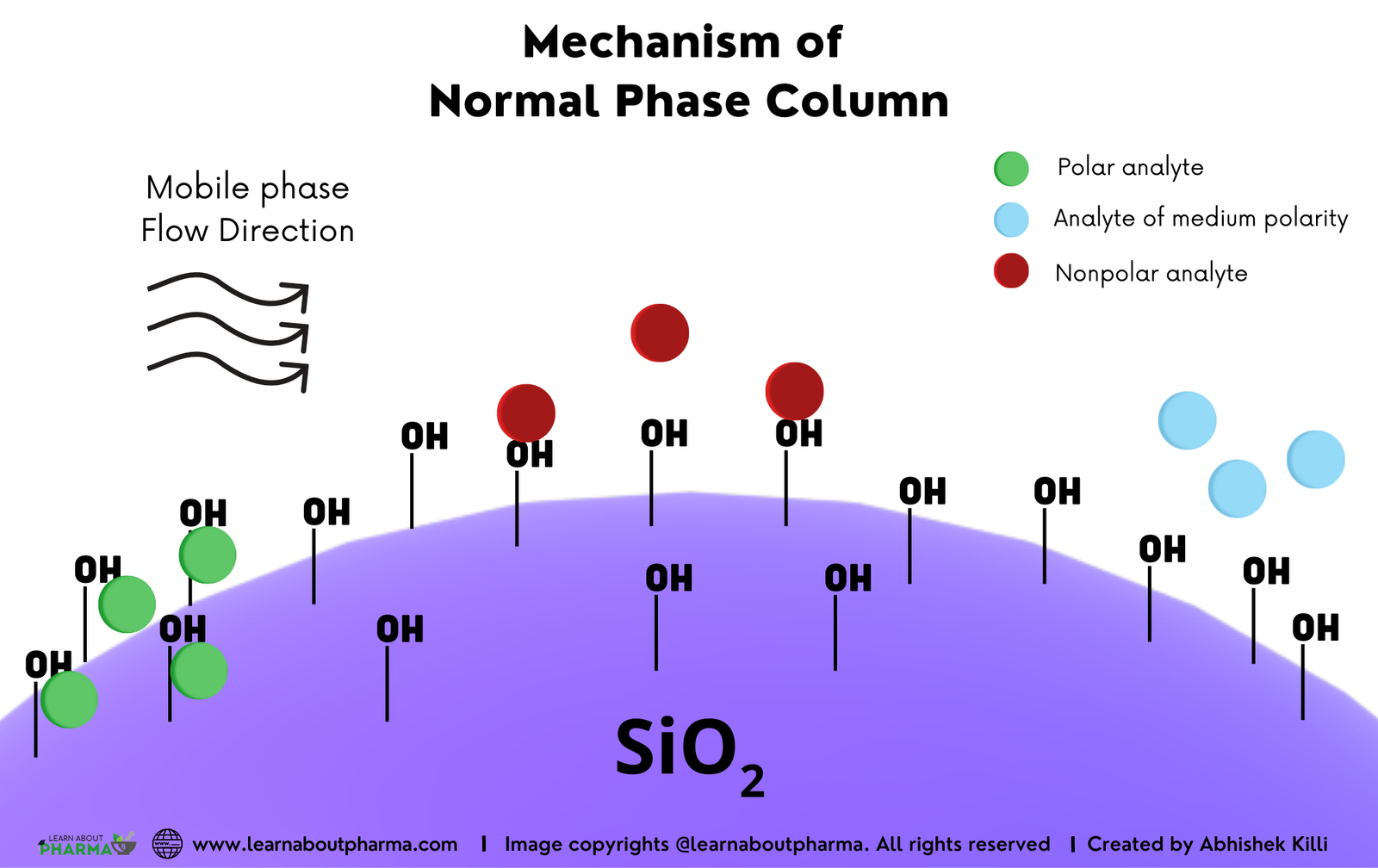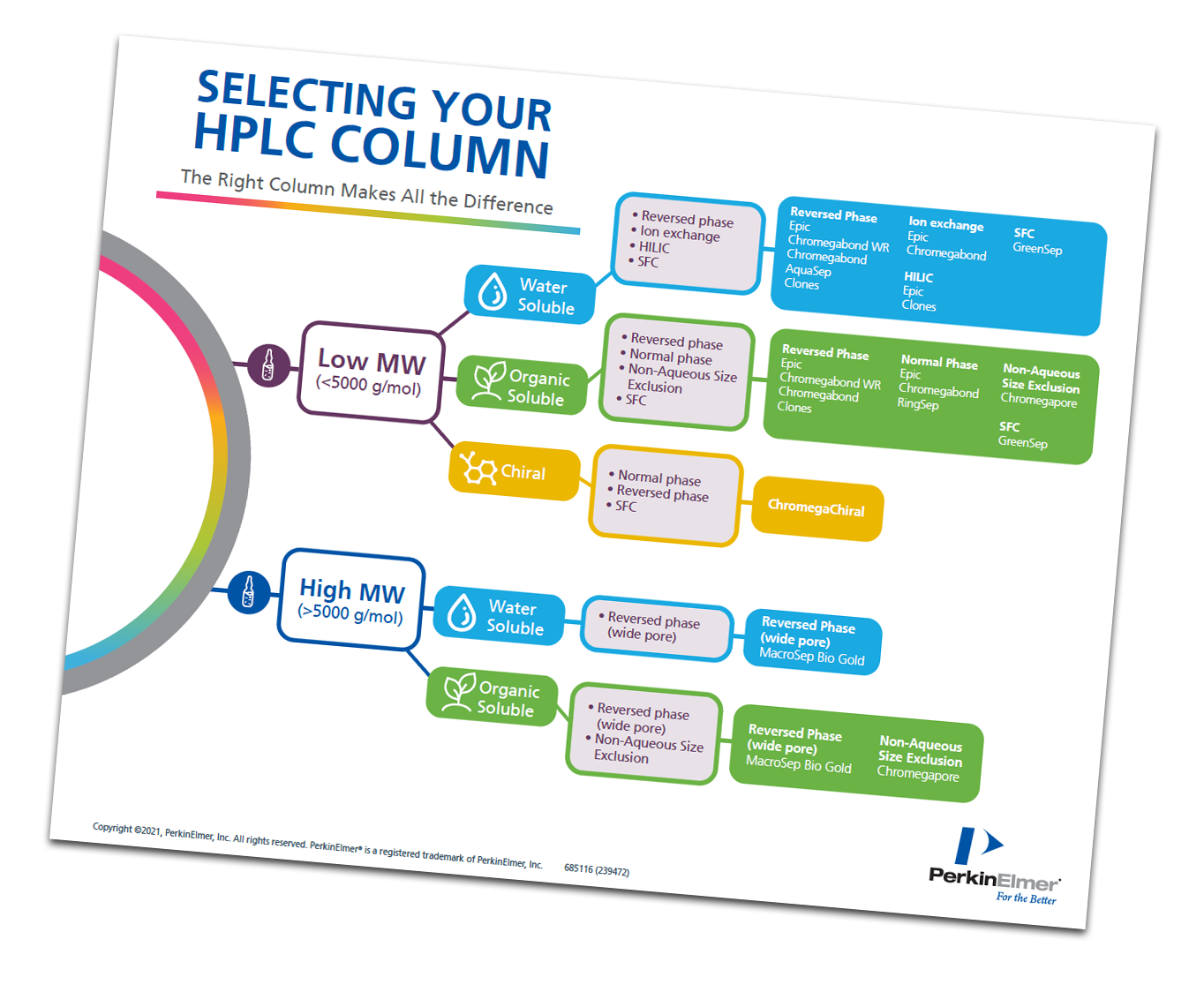What Is Endcapping In Hplc Column
What Is Endcapping In Hplc Column - Use 95 or 300å pore size columns for larger molecules like polypeptides ad proteins (from 4000 to 500,000 mw) to maintain high efficiency. What is endcapping and why do it? When functionalizing silica gels, it is impossible to react with all available silanol groups (free oh groups. First, it renders the silica. These products are called endcapped. There are two main benefits of endcapping: This second grafting step is called 'endcapping' and is done to reduce silanol activity. Endcapped materials have a higher carbon load on the surface and avoid most of the reactions with.
This second grafting step is called 'endcapping' and is done to reduce silanol activity. When functionalizing silica gels, it is impossible to react with all available silanol groups (free oh groups. First, it renders the silica. There are two main benefits of endcapping: What is endcapping and why do it? Endcapped materials have a higher carbon load on the surface and avoid most of the reactions with. These products are called endcapped. Use 95 or 300å pore size columns for larger molecules like polypeptides ad proteins (from 4000 to 500,000 mw) to maintain high efficiency.
First, it renders the silica. There are two main benefits of endcapping: These products are called endcapped. What is endcapping and why do it? This second grafting step is called 'endcapping' and is done to reduce silanol activity. When functionalizing silica gels, it is impossible to react with all available silanol groups (free oh groups. Endcapped materials have a higher carbon load on the surface and avoid most of the reactions with. Use 95 or 300å pore size columns for larger molecules like polypeptides ad proteins (from 4000 to 500,000 mw) to maintain high efficiency.
VA HPLC column (analytical), NUCLEOGEL RP, 5 µm, 250×4.6 mm CSQ Analytics
Use 95 or 300å pore size columns for larger molecules like polypeptides ad proteins (from 4000 to 500,000 mw) to maintain high efficiency. This second grafting step is called 'endcapping' and is done to reduce silanol activity. These products are called endcapped. There are two main benefits of endcapping: Endcapped materials have a higher carbon load on the surface and.
Endcapping
What is endcapping and why do it? Endcapped materials have a higher carbon load on the surface and avoid most of the reactions with. This second grafting step is called 'endcapping' and is done to reduce silanol activity. When functionalizing silica gels, it is impossible to react with all available silanol groups (free oh groups. Use 95 or 300å pore.
HPLC Tips and Troubleshooting 18 Endcapped Columns YouTube
First, it renders the silica. This second grafting step is called 'endcapping' and is done to reduce silanol activity. What is endcapping and why do it? When functionalizing silica gels, it is impossible to react with all available silanol groups (free oh groups. Endcapped materials have a higher carbon load on the surface and avoid most of the reactions with.
HPLC Columns Definition, Principle, Types, and Maintenance
Endcapped materials have a higher carbon load on the surface and avoid most of the reactions with. What is endcapping and why do it? There are two main benefits of endcapping: Use 95 or 300å pore size columns for larger molecules like polypeptides ad proteins (from 4000 to 500,000 mw) to maintain high efficiency. When functionalizing silica gels, it is.
A NOVEL ENDCAPPING FOR REVERSEDPHASE FOR LC/MS SUNSHELL AND SUNNIEST
Endcapped materials have a higher carbon load on the surface and avoid most of the reactions with. There are two main benefits of endcapping: This second grafting step is called 'endcapping' and is done to reduce silanol activity. When functionalizing silica gels, it is impossible to react with all available silanol groups (free oh groups. First, it renders the silica.
9 Mistakes You May Make When Using HPLC Columns Hawach
Use 95 or 300å pore size columns for larger molecules like polypeptides ad proteins (from 4000 to 500,000 mw) to maintain high efficiency. What is endcapping and why do it? This second grafting step is called 'endcapping' and is done to reduce silanol activity. Endcapped materials have a higher carbon load on the surface and avoid most of the reactions.
LC Learning Series Mastering the art of column choice Separation Science
This second grafting step is called 'endcapping' and is done to reduce silanol activity. What is endcapping and why do it? First, it renders the silica. These products are called endcapped. When functionalizing silica gels, it is impossible to react with all available silanol groups (free oh groups.
A NOVEL ENDCAPPING FOR REVERSEDPHASE FOR LC/MS SUNSHELL AND SUNNIEST
This second grafting step is called 'endcapping' and is done to reduce silanol activity. What is endcapping and why do it? Use 95 or 300å pore size columns for larger molecules like polypeptides ad proteins (from 4000 to 500,000 mw) to maintain high efficiency. These products are called endcapped. When functionalizing silica gels, it is impossible to react with all.
An Introduction to Imtakt HPLC Columns
This second grafting step is called 'endcapping' and is done to reduce silanol activity. What is endcapping and why do it? Endcapped materials have a higher carbon load on the surface and avoid most of the reactions with. Use 95 or 300å pore size columns for larger molecules like polypeptides ad proteins (from 4000 to 500,000 mw) to maintain high.
Optimize your HPLC Separations with Quality HPLC Columns
There are two main benefits of endcapping: This second grafting step is called 'endcapping' and is done to reduce silanol activity. What is endcapping and why do it? When functionalizing silica gels, it is impossible to react with all available silanol groups (free oh groups. First, it renders the silica.
First, It Renders The Silica.
What is endcapping and why do it? Endcapped materials have a higher carbon load on the surface and avoid most of the reactions with. Use 95 or 300å pore size columns for larger molecules like polypeptides ad proteins (from 4000 to 500,000 mw) to maintain high efficiency. When functionalizing silica gels, it is impossible to react with all available silanol groups (free oh groups.
This Second Grafting Step Is Called 'Endcapping' And Is Done To Reduce Silanol Activity.
There are two main benefits of endcapping: These products are called endcapped.









